Structural Racism and the Irish Traveller Suicide Epidemic
Last month, the Traveller community lost 5 young lives to suicide, the oldest 16 and the youngest only 9. Many Traveller children are born into families where grief from suicide is already felt, between multiple generations and in increasingly younger people. Our suicide rate is 6-7 times higher that of the settled community and with 11% of all Travellers losing their lives this way, this is almost normalised as a part of community life.
This is terrifying given that an earlier onset age of suicidal thoughts and behaviours is prospectively associated with more severe mental distress and poorer outcomes in adulthood. For many young Travellers, they are living in a world where they are made to feel that their identity is a liability. The only empowerment they feel that they have is over their own bodies. With multigenerational racial discrimination and cultural prejudice experienced before all else, it’s little wonder that we face a suicide epidemic.
Anti-Traveller racism
Racism in Ireland has a long history which has been disguised by the existence of a strong internationalist and anti-colonial tradition in Irish politics and society. Indeed, this is partly why the myopic (if well-meaning) notion that “You don’t get to be racist and Irish” persists to this day.
A common refrain of those who question our reality is that Travellers can’t be subject to racism, structural or otherwise, as we’re a white indigenous group, which conveniently ignores the fact that we are racialised and Othered because of our ethnicity. This attitude exposes a ‘colour coded’ understanding of race, rather than it being a relatively modern socially constructed phenomenon linked to the emergence of capitalism, colonialism and nation-states. This view proceeds from the assumption that people exist as separate biological ‘races’, and holds that racism is a matter of individual, personal prejudice rather than something that is structural, institutional or shaped by a wider context.
Chris Gilligan notes how this understanding has become embedded in government policy and practice across Britain and Ireland, particularly in official anti-racist schemas such as the race relations framework. To highlight the limitations of this “dated” approach, Gilligan makes the simple point that white East Europeans are the group most likely to be the victims of a racially motivated incident in Northern Ireland. Just as the “historically specific” idea that racism in Ireland is about skin colour fails to fully account for these complexities, so it can lead to all sorts of confusion and misdiagnoses regarding the treatment of Travellers.
What people generally understand by ‘race’ (i.e., what we look like) has an observable history that absolutely matters, given that it bears importantly on the way resources and opportunities are made more or less accessible. But without denying the reality of white supremacy or diminishing the lived experiences of people of colour in order to explain anti-Traveller sentiment, we must recognise that racism is a social relationship in which inequality, oppression and socially constructed racial identities are reproduced through an imbalance of power.

Structural inequality and discrimination
Aside from its flawed understanding of race, one of the main limitations of narrow “anti-racism” is that it is based on a conception of equality divorced from socio-economic conditions and the systemic nature of inequality. It’s now two decades since Travellers gained recognition as a distinct ethnic group in the North of Ireland and five years since the same was achieved in the South. These are important milestones, if only for their implicit acknowledgement of historic state-sponsored discrimination and the leverage that has been created for the community to demand better. But although governments point to a range of policies focused in whole or part on the needs of Travellers, it’s difficult to argue official recognition of Traveller ethnicity has led to the real changes needed to positively transform the life chances of people in my community. Many policies are inherently flawed to begin with, while uneven progress in improving physical health outcomes has been accompanied by persistent disadvantage – or indeed backward steps – in areas such as accommodation, education and experiences of the criminal justice system.
These conditions can partly be explained by the place most Travellers occupy in what is a class-based economic system. In terms of socio-economic status and material conditions, we share the working-class experience of neoliberalism, austerity and now the cost-of-living crisis. But for the Traveller community, these issues are compounded by the status of an ethnic minority group facing structural discrimination, in other words the discriminatory norms and practices that are embedded within state institutions. This is the case in Ireland and across Europe, where Roma and Travellers endure some of the worst poverty and discrimination of any ethnic group.
To provide an example, structural discrimination is evident in how Irish authorities have responded to the accommodation needs of the Traveller community. Between 2008 and 2018, local councils in the South spent only two-thirds of their allocated budgets for Traveller-specific accommodation. Equality reviews undertaken by the Irish Human Rights and Equality Commission (IHREC) concluded that most councils had failed to properly analyse or gather data on the needs of Travellers, and that this stemmed from failure to acknowledge the implications of Traveller ethnicity.
Travellers’ educational outcomes also continue to be among the worst of any ethnic group. This is strongly connected to the discrimination and social inequalities experienced by the community in wider society. A report by the Higher Education Policy Institute (HEPI) has found that less than 4% of Traveller students in the UK enter university, despite the “huge desire” for education within the community. The report notes that Travellers still face barriers when accessing mainstream education; from racism, bullying and exclusion to the absence of long-term national strategy to tackle historic inequality.
Further examples of structural racism are to be found in policing and the criminal justice system. According to recent research by the University of Limerick, Travellers are vastly overrepresented in Irish prisons, making up 7.3% of the prison population and just 0.7% of the general population. Moreover, the research found Travellers do not trust the police or criminal justice system to treat them fairly, due to extensive experiences of ethnic profiling, wrongful arrest and conviction, harassment, threats and discriminatory treatment by criminal justice professionals. As in accommodation and education, these problems with policing and criminal justice are systemic and connected to a wider set of inequalities faced by the Traveller community.
Neoliberalism and suicide
Mental health is one area where structural discrimination and the more generalised effects of late-stage capitalism have come together to create a genuine crisis within the Traveller community. Neoliberal ideology has justified the creation of a disposable population, whose perceived status is a result of fecklessness and unwillingness to work. This view conveniently neglects the systemic causes of unemployment not to mention the institutional racism creating and reproducing the conditions that are devastating for so many.
Over the past decade academics and mental health professionals have argued overall increases in mental health diagnoses and antidepressant prescription are due in no small part to the neoliberal turn. Under the guise of welfare reform, we’ve witnessed defunding of youth and community programs and decimation of mental health services, leaving A&E departments as the first and last points of contact for those in desperation who resort to self-harm and substance misuse.
Suicides aren’t always preceded by such easily recognisable symptoms of poor mental wellbeing. Many seem to come completely out of the blue, especially in children. When individuals find themselves in overwhelming and prolonged situations out of their control, this socially-produced, and inflicted distress can become a prime mover in suicidal behaviours. Powerlessness rather than despondency, frustration as well as despair can manifest in this form of self-violence.
The unpredictability of child suicide is perhaps the most troubling. I spoke to a young Traveller man about an attempt in his teens, and he described the impulsivity of the act. One moment of rage, an acute urge that was extremely fleeting but by the time he’d “come to [his] senses, [his] wrists were already slashed”. He’d seen yet another Traveller-related news report online and the inevitable, unrelenting racist comments from adults, and while that wasn’t the singular cause, a lifetime of prejudice, bullying and social exclusion made this his breaking point. “Why bother living in a world that hates us?”. Had he succeeded, it would have become a reference point in the lives of all who knew him.
Some may have felt that suicide was a viable option for themselves. It’s widely understood that there are many complex and overlapping factors that can result in a Traveller child ending their life, but discrimination and bullying undoubtedly aggravate mental-health vulnerabilities among children already at risk. There are of course those who take the long way around, who as adults seek relief in the sedating effects of opioids, benzodiazepines and alcohol. In recent decades there’s been a steady increase in deaths involving liver disease, alcohol dependency, drug misuse and accidental overdose. Someone once told me that “heroin is the closest thing you’ll get to death, but without the commitment”. Faced with continual bereavement, overt prejudice, lack of employment opportunities, and virtually no access to mental healthcare, it’s not surprising that more Travellers are numbing themselves. Our shoulders are sore from carrying so many coffins.
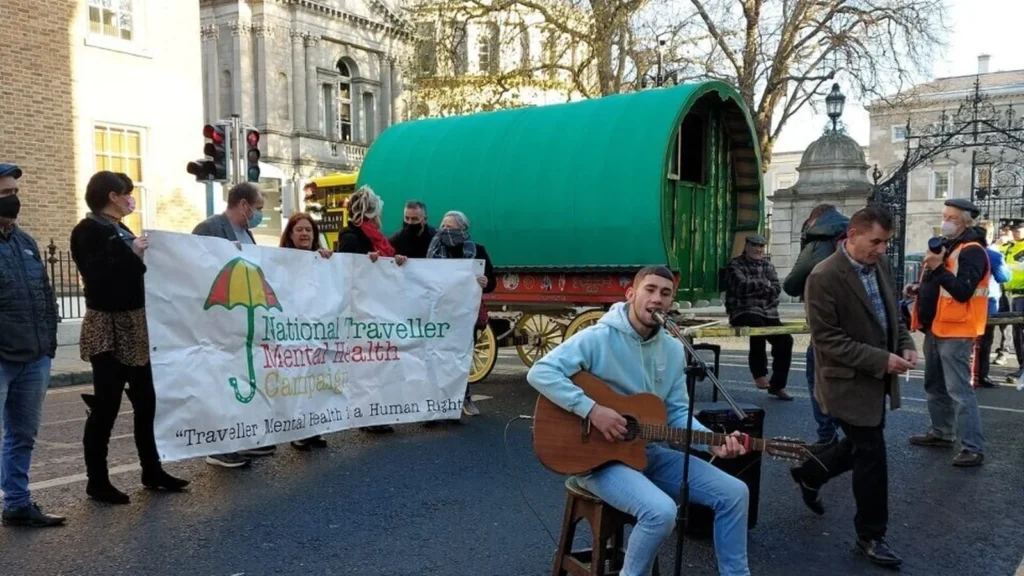
Accessing help
Micro-level interventions addressing individual symptoms and suicidal behaviours in isolation may be viewed by some as firefighting, but nonetheless represent a vital step in real terms. Activists with the National Traveller Mental Health Network have been campaigning tirelessly for implementation of a Traveller-specific mental health strategy and with 11% of all Travellers dying by suicide, this is long overdue. Youth suicide prevention efforts ought to be implemented in all schools and colleges, community and sports organisations and via adult mental health services. It’s also crucial that we tackle personal and structural racism which excludes many Traveller children from these environments. Arbitrary and unregulated discipline policies in schools have a disproportionate impact on Traveller children, and so not only are children being deprived of an education, they’re missing potential mental health supports.
Equally, histories of discrimination and differential treatment by statutory agencies make many Travellers reluctant to access mental health supports for fear of losing their children. A 2018 report found in England between 2009 and 2016, the number of Irish Traveller children being taken into care rose by 400%. The report identified a “worrying level of prejudice” among childcare professionals working with Traveller children, including expressed biases about the “harmful” nature of Traveller culture prior to even meeting families. Confirmation bias inevitably influences the direction social services will take in practice. Placed into the broader context of our lost generation, those removed and placed into church and state run institutions as part of a nationwide assimilation policy following the 1963 Report of the Commission on Itinerancy, the fears of my community are legitimate and grounded in experience. Oftentimes it’ll only be at the interface between crisis care and law enforcement that there’ll be any contact with official bodies in a position to help, and even at that stage the help seldom comes. Systemic discrimination ensures inequitable suicide prevention strategies for Travellers and is a core mechanism in reproducing and maintaining the prejudices that put the community most at risk.
Our Reality
50% of Travellers don’t make it past the age of 38. For half of us, 19 is middle-aged. 10% don’t reach their 2nd birthday, 70% don’t live past 59 and only 3% live longer than 62. The 2017 National Traveller Community survey found 85% of the settled population would not have a Traveller as a friend, 91% would not have one as a family member, 83% wouldn’t employ a Traveller and 78% wouldn’t want a Traveller as a neighbour.
This is the reality for the Traveller community and what Traveller children face daily. Yet it’s met with complete indifference from the settled community. There are few calls to challenge public policies and none to dismantle the socio-economic determinants of these outcomes, an undeniable contributor to Traveller children’s emotional health. Instead, attention is placed solely on individual Travellers with an illness needing to be corrected rather than a problem with the social order itself. This perpetuates the notion Travellers who don’t assimilate and therefore demonstrate ‘success’ in neoliberal society are “defective” and therefore, expendable. It is little wonder then that young Travellers are dehumanised and become prime targets for bullies. Our children are being born into a system designed to fail them.
Amy Ward is a Belfast based researcher, community educator and Traveller activist. She sits on the board of Moving for Change and is currently undertaking a degree in Community Development at Ulster University. Follow Amy on Twitter: @amyward82

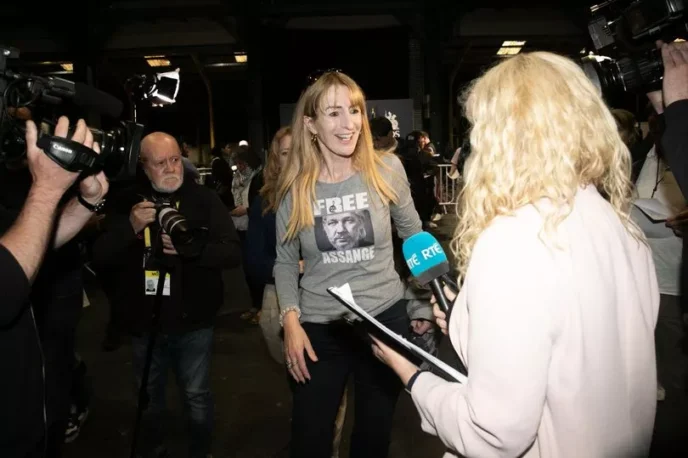
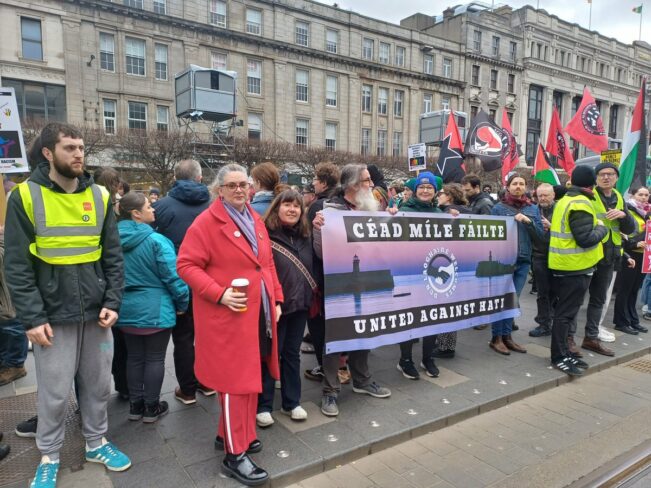
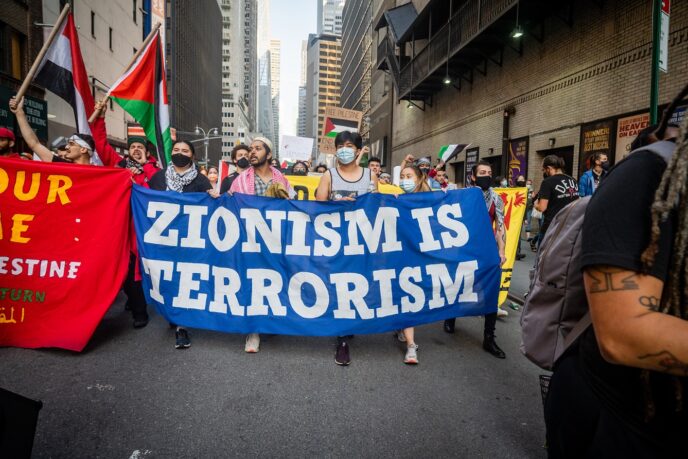

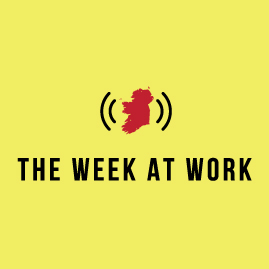



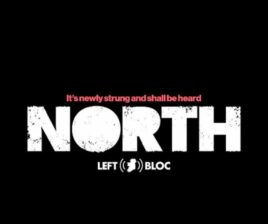

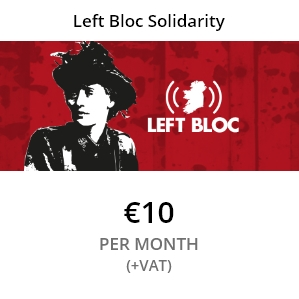
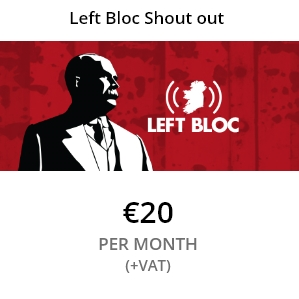
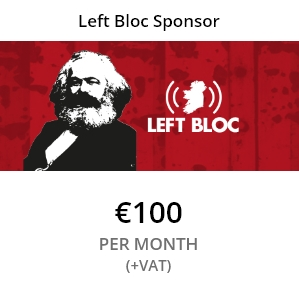
Comments